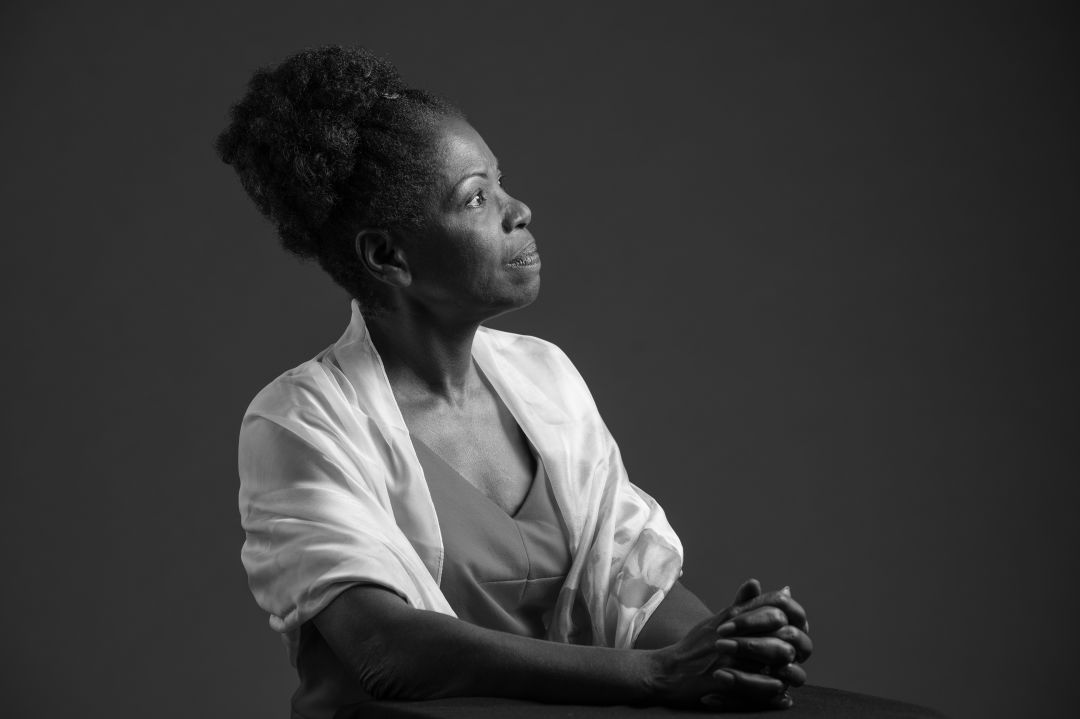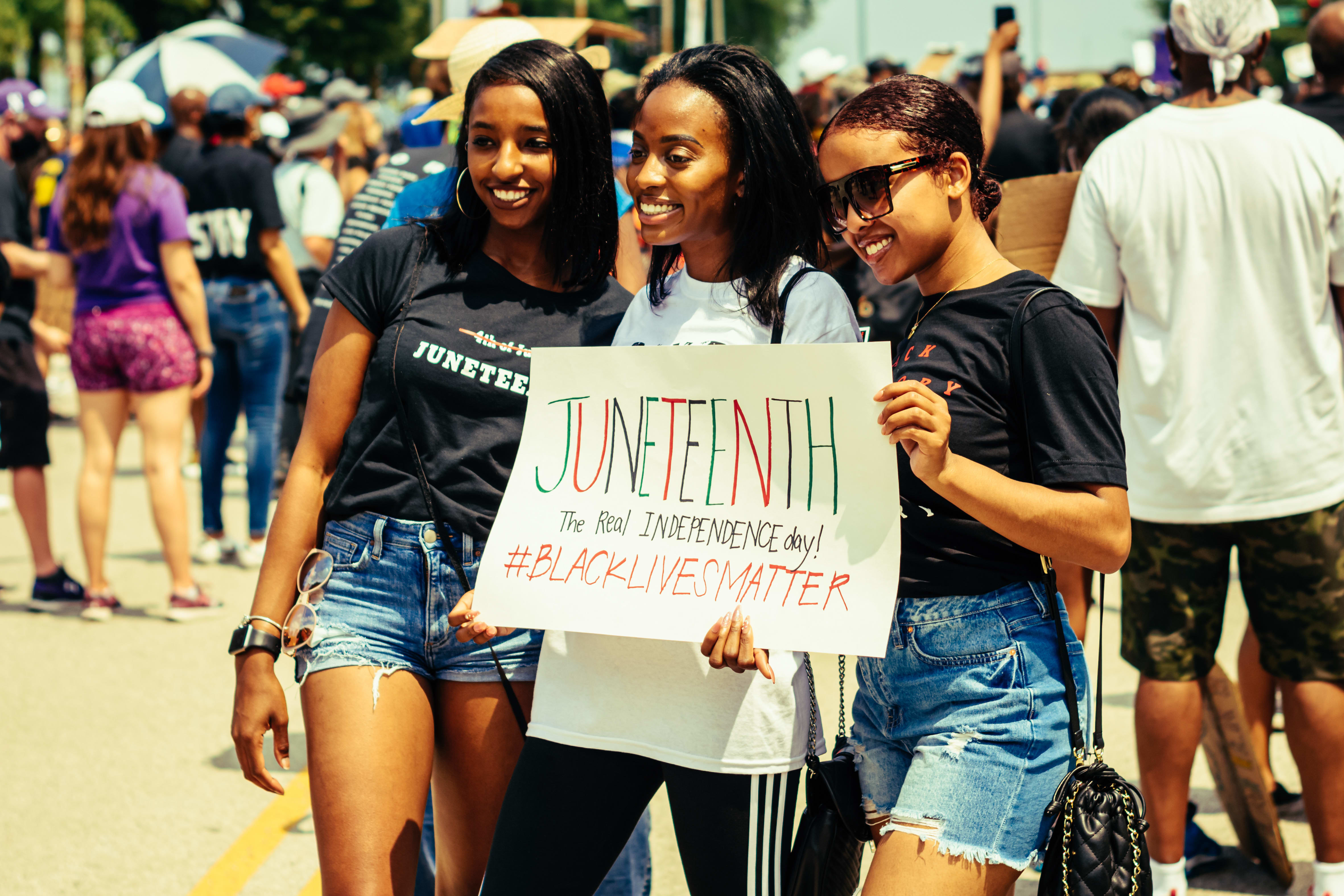Chandra Bivens Carty on Reclaiming Her Family's History
This article is part of the series In Their Own Words, proudly presented by Gulf Coast Community Foundation.

Chandra Bivens Carty
Image: Barbara Banks
Chandra Bivens Carty is an integrative health and medicine practitioner who is the owner and founder of Nutrition in the Now, which she launched after receiving her master's degree in medical science from Emory University. Through her work, Carty, 68, focuses on clients who require nutritional interventions to manage medical conditions such as uncontrolled diabetes, renal disease, cancer and insulin resistance.
But when Carty is not working with patients in Stockbridge, Georgia, she returns home to Bradenton, where she was born and raised—and where she has unearthed a familial link to the Gamble Plantation Historic State Park in Manatee County. Carty's great-great-grandfather was one of the people who was enslaved there during its days as a sugar plantation.
In the early 1840s, Robert Gamble of Tallahassee moved to the area under the Florida Armed Occupation Act, which provided land to settlers in exchange for developing the area and "controlling the activities of the warring Seminole Indians." Gamble took the government up on the offer and used human labor to establish a sugar plantation on approximately 3,500 acres of land along the Manatee River. After the Civil War, it's thought that Confederate Secretary of State Judah P. Benjamin hid at Gamble Plantation until he could safely escape to England. But there's little at the Gamble Plantation today that mentions the experiences of the enslaved, and Carty wants to change that.
In addition to those efforts, Carty is also active with the Manatee County Community Foundation, which administers the Joseph T. and Naomi Bivens Scholarship Fund, named for her parents. She launched the fund because her enslaved ancestors were prohibited from obtaining an education. Her desire is to continue her family's legacy by encouraging minority students to strive for high goals and overcome obstacles.
This interview has been edited for length and clarity.
Did your family discuss racism openly?
“No, and I believe the reason was that my family has always been prominent in Manatee County. Racism may have been there, but my grandparents were able to operate within the system that employed them. For instance, in 1926, my grandfather had the contract to clear the palmettos and brush for Green Bridge, which connects Bradenton and Palmetto over the Manatee River. My family also owned rooming houses. We rented to whomever needed a room, meaning minorities from Mexicans to Blacks.
“My father was the principal for Lincoln Memorial High School, the only Black high school in Manatee County prior to desegregation. When Lincoln was integrated, some people didn’t like the change but had to adjust.
“I recall one story, told to me by a cousin, regarding racism and my grandfather. Around 1920, my grandfather told a white boss that he was sending my Aunt Erma to school, which made that man refuse to give my grandfather any work in Manatee County. So he went to Hillsborough. My grandfather hired teachers to come to his home to teach my aunt. That’s the way my family is—nobody stops you. The only one who stops you is you."
Did you have any "firsts" as a Black person?
“I don’t think of life that way. [My history] really began with my ancestors, starting in 1844. Nelson Burton was the first out of slavery in our family line. I can’t even compare my life to what he went through. I have a long line of elders to be grateful to for laying the groundwork for me to be where I am.”
How did you learn that your family was enslaved at Gamble Plantation?
“This gives me chills to think about. In 1972, I was photographed with my high school graduating class on the top balcony at Gamble Plantation. I was 17 and in the top 10 percent of my graduating class. Back then, it was called Gamble’s Mansion. I didn’t know its history as a plantation or my family’s link to it until 1992.
“My cousin did some family research and discovered that Nelson Burton, one of the enslaved people at the plantation, married our great-great-grandmother, Mariah Burton. The Manatee County historical records show two freed ex-slaves being married in 1872, and that's where our family history picks up.
“Now, it’s 51 years since that high school photograph and I am back at the plantation, determined to have a monument installed to recognize, memorialize and honor the contribution of the enslaved people there. This is my destiny.”
How are you doing that?
“Paperwork [filed with the National Park Service] shows that 150-190 enslaved people at Gamble Plantation lived in 57 slave cabins. We are unsure of what happened to the cabins. It’s difficult to pinpoint where they even were.
“The enslaved are credited for the success of the plantation and sugar mill. However, the Gamble Plantation went into debt due to hurricanes, crop disease, the failed sugar market and industrialization up north that was changing the business. In 1859, the plantation, its machinery and enslaved people were sold. The antebellum life of the South was coming to an end.
“I found the deed at the library, which I initially thought stated that Nelson was 36 years old when he was sold. However, a white gentleman, who happened to be standing there, said, ‘No, that was his property number.’ He was property. Still, that didn’t stop him in his life after enslavement, when he was freed in 1865."
What happened to Nelson after 1865?
“When the plantation was sold, Nelson was one of seven enslaved people who remained. Even though he was a free man, he stayed and worked there. In 1872, he wed my great-great grandmother, Mariah Burton, who had four children and held a deed to property along Seventh Avenue near Manatee Village [Historical Park].”
How does the Gamble Plantation honor the enslaved today?
"There’s a [display] case with the deed record, which includes the names of the enslaved. But its tour script includes very little about the enslaved."
How do you want the enslaved to be remembered?
“I would like to see a memorial that includes their names.
“This is a time for us to have an open conversation between all parties involved, including one of the enslaved people’s descendants. I want us to talk and listen to one another, and not get caught up in the emotions. I don’t want to tear anything down—it’s my history. I’d just appreciate a conversation on how my great-great-grandfather can be thanked for his hard labor, which allowed the plantation owners a way of life.”
What would you like your white friends or acquaintances to be doing right now?
“Listening to one another. A lot of times we are interconnected, but don’t see it in each other. We don’t live in isolation. Take time to see how we are connected—which means you must listen from the heart, not the mind.”
Listening to Black Voices is a series created by Heather Dunhill




